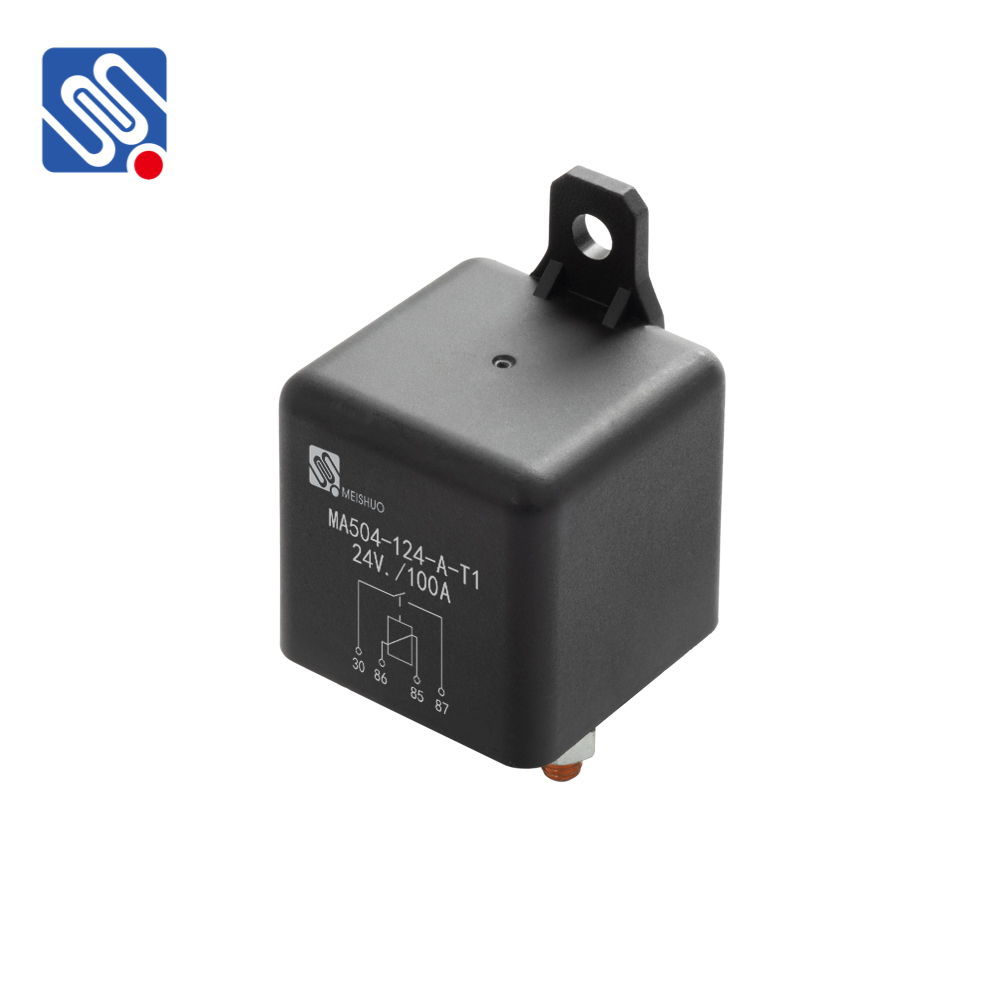The 12V 100A relay is an essential component in modern electrical systems that deal with high-current loads, often seen in automotive, industrial, and power distribution applications. This article explores the key features, applications, and importance of the 12V 100A relay, helping readers understand its functionality and why it plays a critical role in a wide range of devices.

What is a 12V 100A Relay? A relay is an electrically operated switch that controls a large current circuit with a low voltage control signal. The 12V 100A relay, in particular, is designed to handle up to 100 amps of current at 12 volts, which is a common voltage level for many automotive and industrial systems. The relay operates through an electromagnetic coil, which, when energized with a 12V input signal, closes or opens the circuit to control high-power loads. The relay consists of several key parts: the coil, which is energized to create a magnetic field; the armature, which moves when the magnetic field is generated; and the contacts, which are responsible for switching the high-current load on or off. When the 12V signal is applied to the coil, it triggers the switching action of the contacts, allowing or cutting off the flow of the current in the load circuit.